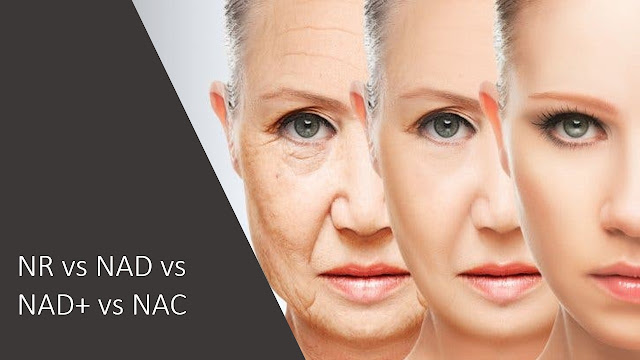PRK vs Lasik?
I have digested this from wiki so that you could save your time from reading the whole article or searching all over the net.
PRK stands for Photorefractive keratectomy, an old but established method for laser eye surgery procedure.
With PRK, the corneal epithelium is removed and discarded, allowing the cells to regenerate after the surgery. The procedure is distinct from LASIK (Laser-Assisted in-Situ Keratomileusis), a form of laser eye surgery where a permanent flap is created in the deeper layers of the cornea.
Because PRK does not create a permanent flap in the deeper corneal layers (the LASIK procedure involves a mechanical microtome using a metal blade or a femtosecond laser microtome to create a 'flap' out of the outer cornea), the cornea's structural integrity is less altered by PRK.
The LASIK process covers the laser treated area with the flap of tissue which is from 100 to 180 micrometres thick. This flap can mute the nuances of the laser ablation, whereas PRK performs the laser ablation at the outer surface of the cornea.
Source: http://www.allaboutvision.com/visionsurgery/lasik.htm
PRK does not involve a knife, microtome, or cutting laser as used in LASIK, but there may be more pain and slower visual recovery. Unlike LASIK, PRK does not create the risk of dislocated corneal flaps which may occur (especially with trauma), at any time after LASIK.
Most Lasik centres will perform more LASIK rather than PRK as the LASIK procedure is newer and gives less discomfort. However, the choice is yours. If you are worried of dislocated flaps, then you could still convey your choice to your lasik surgeon.
Feel free to add your comments below.
PRK stands for Photorefractive keratectomy, an old but established method for laser eye surgery procedure.
With PRK, the corneal epithelium is removed and discarded, allowing the cells to regenerate after the surgery. The procedure is distinct from LASIK (Laser-Assisted in-Situ Keratomileusis), a form of laser eye surgery where a permanent flap is created in the deeper layers of the cornea.
Because PRK does not create a permanent flap in the deeper corneal layers (the LASIK procedure involves a mechanical microtome using a metal blade or a femtosecond laser microtome to create a 'flap' out of the outer cornea), the cornea's structural integrity is less altered by PRK.
The LASIK process covers the laser treated area with the flap of tissue which is from 100 to 180 micrometres thick. This flap can mute the nuances of the laser ablation, whereas PRK performs the laser ablation at the outer surface of the cornea.
 |
| LASIK flap |
PRK does not involve a knife, microtome, or cutting laser as used in LASIK, but there may be more pain and slower visual recovery. Unlike LASIK, PRK does not create the risk of dislocated corneal flaps which may occur (especially with trauma), at any time after LASIK.
Most Lasik centres will perform more LASIK rather than PRK as the LASIK procedure is newer and gives less discomfort. However, the choice is yours. If you are worried of dislocated flaps, then you could still convey your choice to your lasik surgeon.
Feel free to add your comments below.









Comments